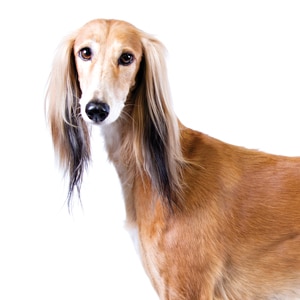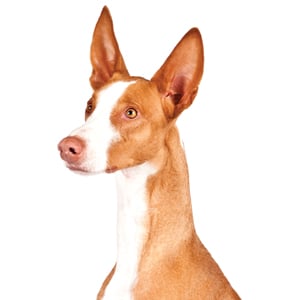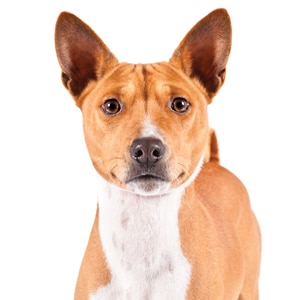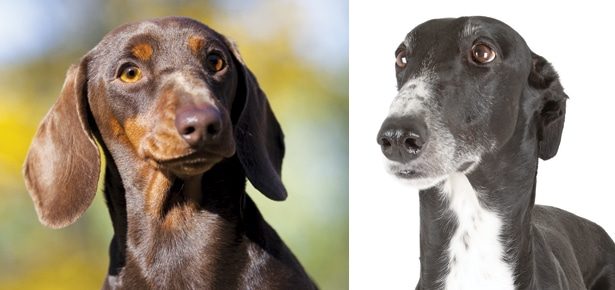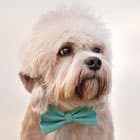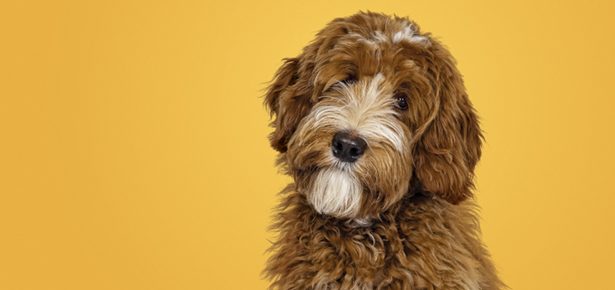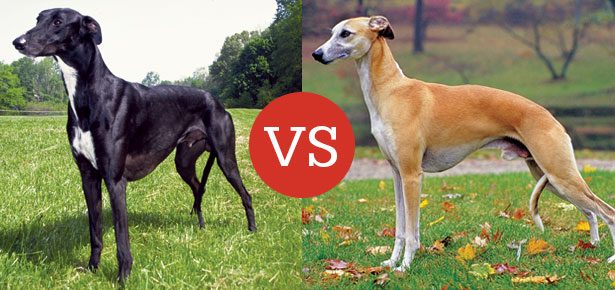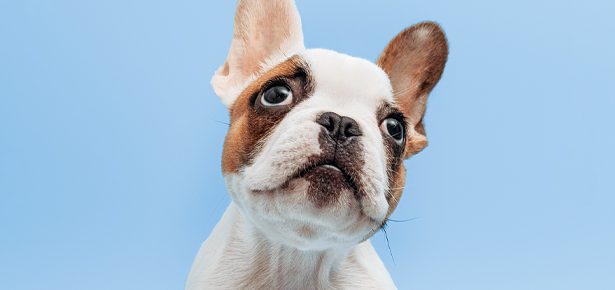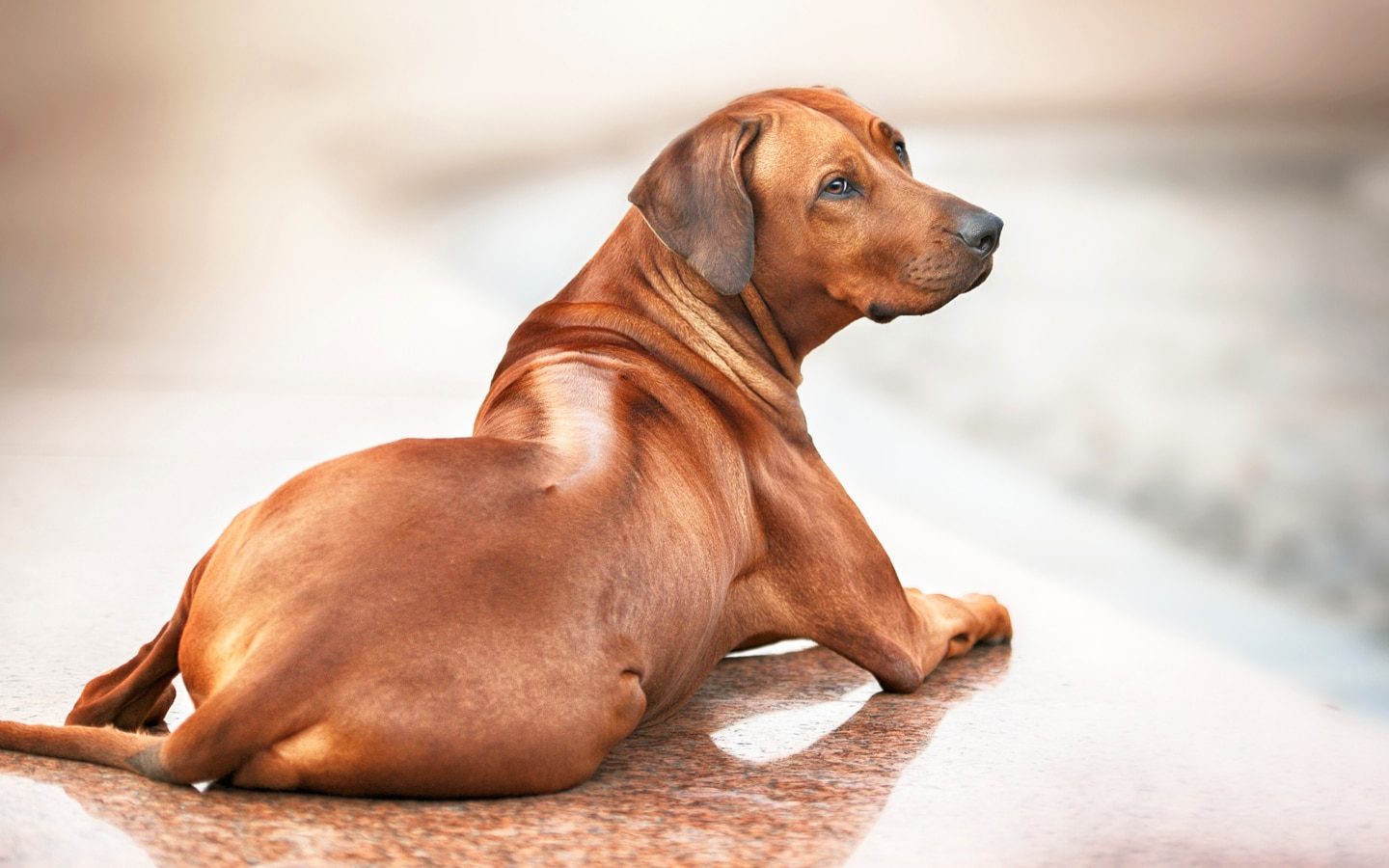
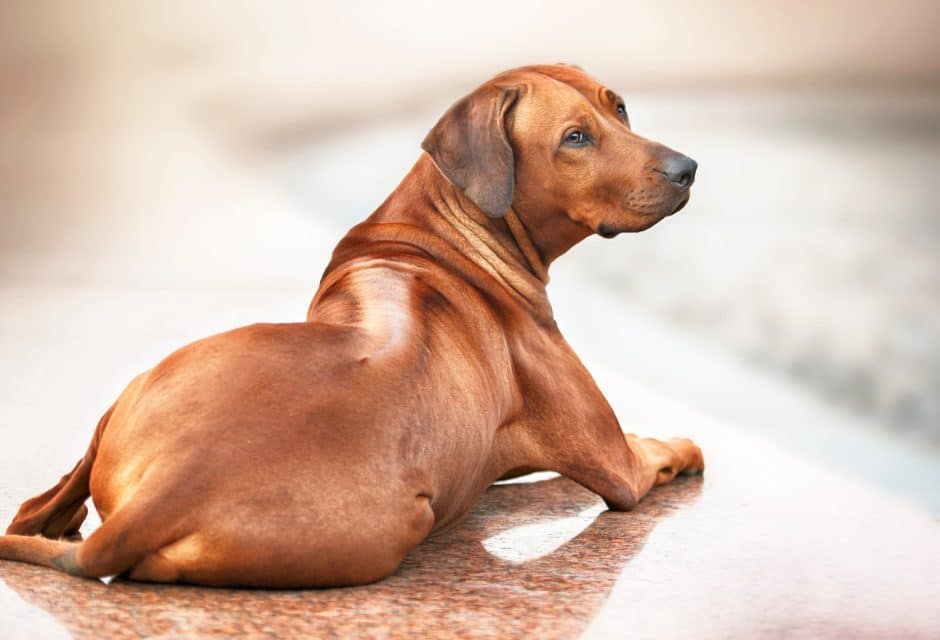
The Rhodesian Ridgeback
A Rather Remarkable Hound

My friend’s dog runs ahead of us on the trail. His deep strawberry-brown coat shines like diamonds in the sun and his muscles flex and ripple wildly as he jumps over fallen trees and other obstacles. Is it effortless? No—but he makes it appear so.
He’s off and out of sight, but only for an instant, returning every few seconds to keep a watchful eye on his dog-mom. He walks patiently with us for a time, pressing his head into her hand—it’s not the most subtle request for affection I’ve ever seen, but it’s certainly winning. Then, he’s off again.
He’s a Rhodesian Ridgeback, and he is a sight to behold. Those eyes are so intense that, at first glance, they’re slightly intimidating. And yet, there’s a sensitivity behind them. Suddenly, I’m madly in love with a dog I’ve just met. I suspect this happens a lot with Ridgebacks.
The Ridgeback, or African Lion Hound as he is also called, was developed in the Southern regions of Africa. At the core of the breed is a half-wild hunting dog that was used by the Khoikhoi, a group of Khoisan people native to southwestern Africa, also known as the Hottentots, so named by the Dutch settlers in imitation of their click-based language. This wild dog had a characteristic ridge on its back, with the hair growing forward. Over time, these wild “ridged” dogs inter-mated with a variety of breeds, brought by people who emigrated to the region.
The farmers of the region needed a hunting dog who could withstand brutal temperatures, bush terrain, and work during periods when food and water were in short supply. A short coat was desired, to fend off ticks. And they wanted this hunting dog to live in the home as a family companion. While always placing importance on that trademark ridge of hair, early enthusiasts saw benefits in introducing other breeds to this mix, including Great Danes, Bloodhounds, Mastiffs, and Greyhounds, to create the desired characteristics.
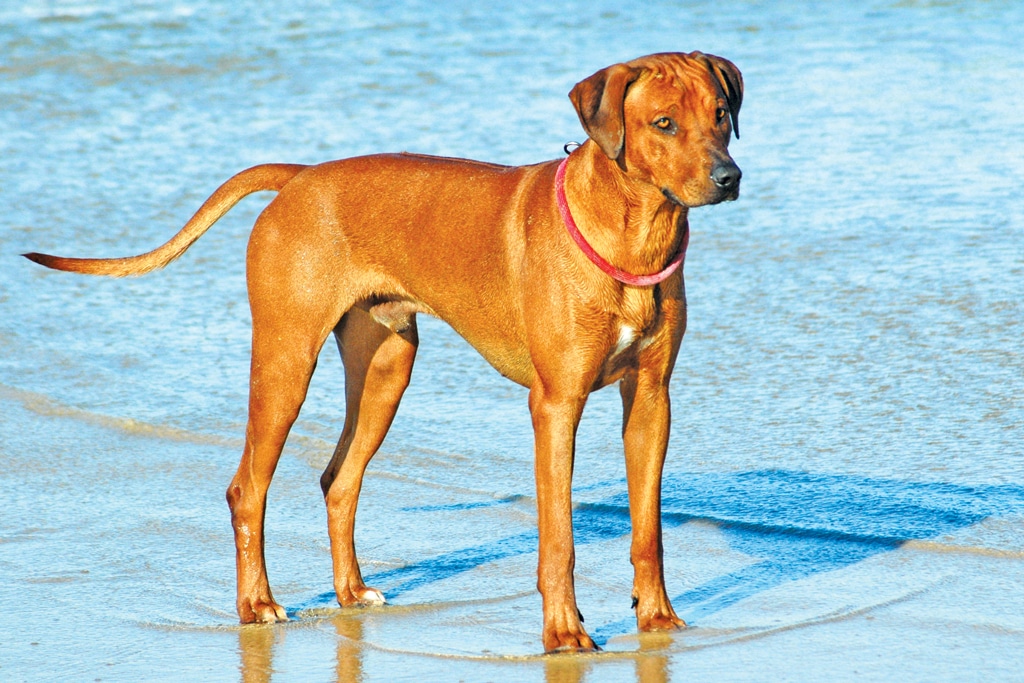
Ankevanwyk/Bigstock
In his earliest days, the Rhodesian Ridgeback was used to flush small game. Soon enough, farmers realized their large potential and brought the dogs out when the time came to hunt a lion. As farmers rode along, Ridgebacks set out ahead in packs, tracking and cornering a lion until the hunters arrived to finish the deed.
In 1922, a Rhodesian Ridgeback breed standard was developed. Fancier Cornelius von Rooyen led the charge to create an accurate description of appearance and temperament. His Standard was accepted by the South African Kennel Union two years later. To date, very little has changed in the Standard.
By the 1920s, Rhodesian Ridgebacks had made their way to the United States, but the first Ridgeback wasn’t recognized by the American Kennel Club (AKC) until 1955, and the Rhodesian Ridgeback Club of the United States (RRCUS) was founded in 1957. The breed is popular in North America today, ranking as the 41st most popular breed in the United States, according to the AKC.
Most Popular Dogs in the US
According to the most recent AKC registration statistics (2022)
[1] French Bulldog
[2] Labrador Retriever
[3] Golden Retriever
[4] German Shepherd
[5] Poodle
[6] Bulldog
[7] Rottweiler
[8] Beagle
[9] Dachshund
[10] German Shorthaired Pointer
[41] Rhodesian Ridgeback
The Ridgeback is a hound, to be sure, but there are varying opinions about what type of hound he is. Whether he’s a sighthound or a scenthound or something unique altogether is a question for Ridgeback fanciers to debate. In the United States, for example, he can compete in lure coursing trials; in Canada, he cannot. For the average animal guardian, he’ll simply be a wonderful, all-around hound.
Is he the ideal choice for everyone? No. There are a few considerations, of course.
As with so many Hounds, the Ridgeback can be quite independent-minded. Okay, let’s just use the word stubborn—lovingly. This is a headstrong breed, and training and socialization from an early age is important. With his size and muscular build, this handsome hound needs to be taught good manners.
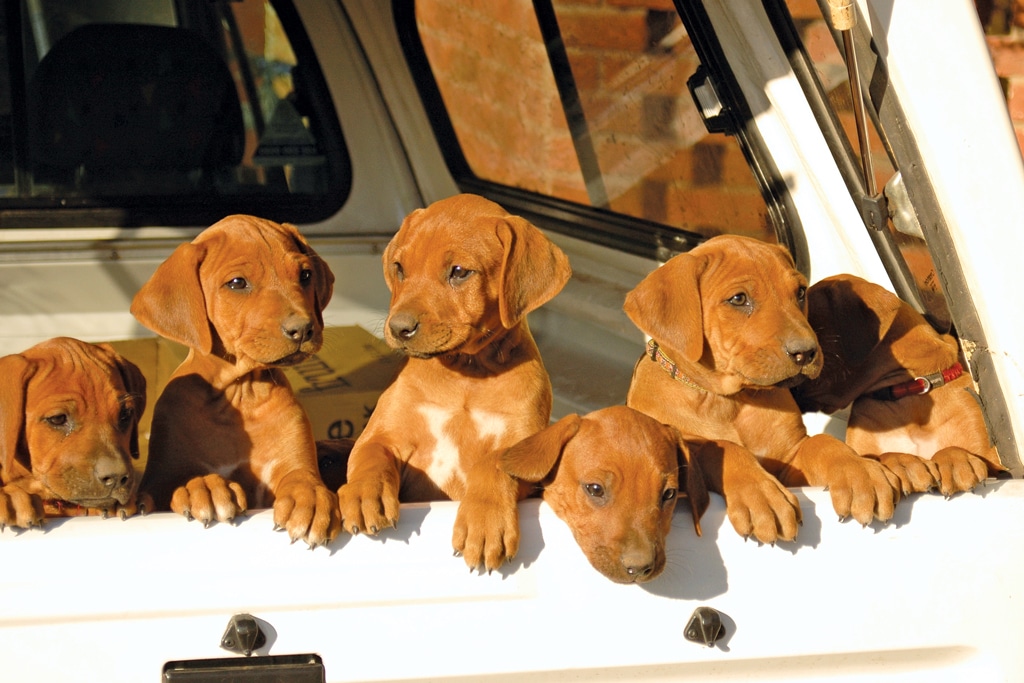
Ankevanwyk/Bigstock
Fortunately, coinciding with that independent streak is the breed’s strong desire to please the people he loves. Positive reinforcement therapy works well with Ridgebacks. Train early, train with a positive approach, and these dogs can be an absolute dream to be around. They’re very quiet around the house. Will they alert you to someone at the door? Yes, probably. But guard dogs they are not. Classic Hound-style, the Ridgeback is a bit reserved with strangers. But soon enough, he’ll warm up and it’s a great feeling—so long as you don’t mind 80-some-odd pounds of leaning and cuddling.
Out on the trail, or working in a field trial, you’re going to see a focused performance athlete going a mile a minute. But, once you head back home, your Ridgeback is likely to be a sun-seeker, a couch-hog, and a cuddler. Never spooned with a Ridgeback? You’re missing out!
Profile: The Rhodesian Ridgeback
Size: Medium-Large
The AKC accepts male Ridgebacks from 25 to 25 inches at the withers; females 24-26 inches. The desired weight is 85 pounds for males and 70 for females.
Activity Level: 4/5
These dogs need physical and mental stimulation to thrive. Two walks a day would be a minimum, and ideally some involvement in a canine sporting activity.
Grooming: 1/5
Basic maintenance is all that’s required. A weekly brushing and the occasional bath.
Heritage: Hunting Dog
Originally developed by Boer farmers to hunt game, including lions, but also to serve as a faithful companion at home.
For more information on Rhodesian Ridgeback rescue in the U.S. and Canada, visit ridgebackrescue.org.
He does need exercise though, and plenty of it. The Ridgeback is a high-energy breed that needs a physical and mental exertion on a daily basis to thrive. A couple of 20 minute walks a day is the minimum for a Ridgeback. If you can find a safe trail where he can run off-leash, wonderful. Other sporting activities, like Obedience, Tracking, and Agility may hold the Ridgeback’s interest and offer some physical challenges.
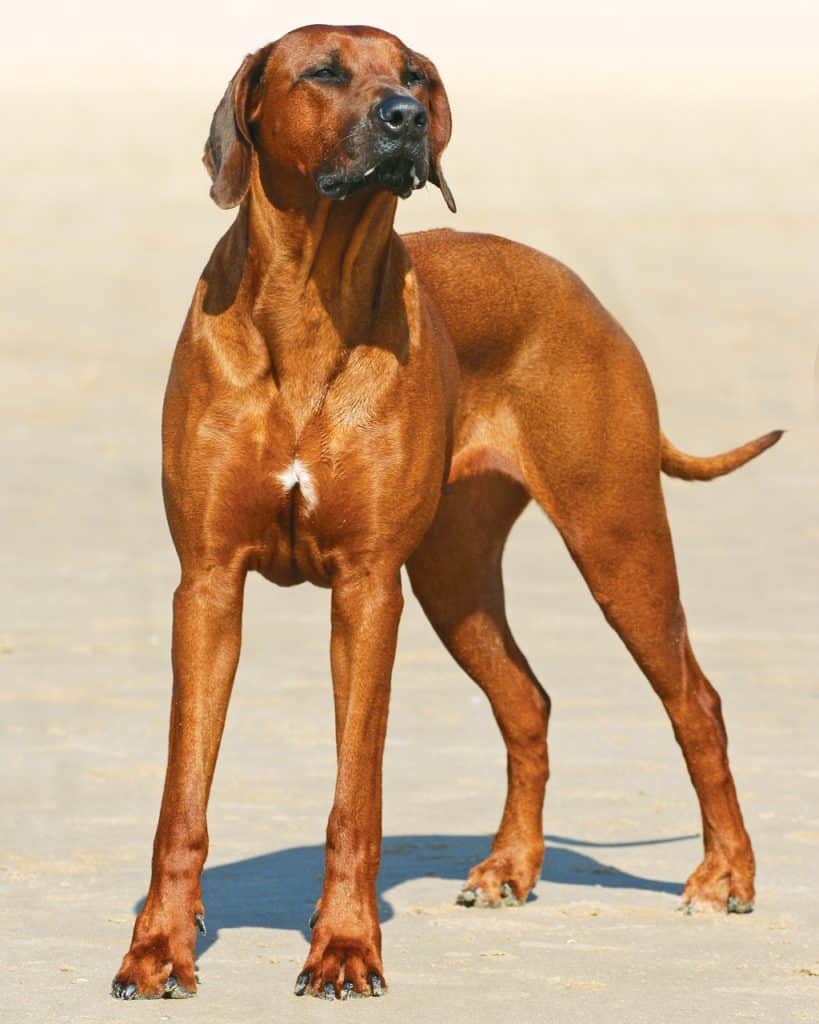
tries/Bigstock
You’ll need to consider this breed’s prey drive. The Ridgeback was born and bred to hunt, and he will. Home owners will need a yard with a tall, secure fence. This helps to ensure the safety not only of your pet but also of curious neighbourhood critters who might pop over for a visit and, well, never leave in one piece.
Grooming is a snap with the Rhodesian Ridgeback. Keep his nails short to avoid any slips, but otherwise it’s the basics, plus a weekly brushing. The occasional bath may be needed, but this is a notoriously clean and odour-free breed. Who knew it was so easy to look gorgeous?
He’s athletic, but a world-class cuddler. He’s intense, but sensitive. He’s a natural hunter, but he’s gentle with children and other companion animals. He’s a walking contradiction, and perhaps that is at the root of his magic. This impressive breed is one of the dog world’s sweetest members—an all-around hound who’s a joy to be around.
If you like the Rhodesian Ridgeback, you might also consider the:
Saluki Ibizan Hound Basenji
» Read Your Breed For more breed profiles, go to moderndogmagazine.com/breeds
This article originally appeared in the award-winning Modern Dog magazine. Subscribe today!
Join the newsletter and never miss out on dog content again!
"*" indicates required fields
By clicking the arrow, you agree to our web Terms of Use and Privacy & Cookie Policy. Easy unsubscribe links are provided in every email.
